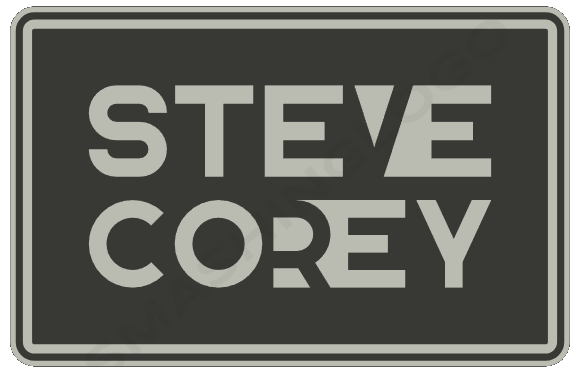SharePoint, Microsoft’s robust collaboration platform, empowers organizations to organize, manage, and share information seamlessly. One of its key features is the ability to define and use content types, which serve as blueprints for structuring and managing data. In this article, we’ll dive into the world of content types within SharePoint, focusing specifically on list content types and site content types, and explore their differences and use cases.
Understanding Content Types
Before we delve into the comparison, let’s understand what content types are. In SharePoint, a content type is a reusable collection of settings and attributes that can be applied to various types of content, such as documents, list items, and pages. Content types enable consistent organization, metadata, and behavior across different content items.
List Content Types
Definition: A list content type is a content type that is associated with a specific list or library within a SharePoint site. It defines the structure, metadata, and behaviors for items within that list or library. When you add a Site Content Type to a library, SharePoint adds it as a List Content Type.
Use Cases:
- Customization: List content types are perfect when you want to tailor the attributes and behaviors of items within a specific list or library. For instance, a “Project Task” list could have a custom content type that includes fields like due date, priority, and task owner.
- Granular Control: List content types allow you to have varying sets of metadata and behaviors within different lists on the same site. This is useful when different lists serve different purposes but are part of the same SharePoint site.
Site Content Types
Definition: A site content type is a content type that is defined at the site level and can be used across multiple lists, libraries, and even subsites within a SharePoint site.
Use Cases:
- Consistency: Site content types ensure consistency across multiple lists and libraries. For example, an organization might have a “Policy Document” content type that should have the same attributes and behaviors no matter where it’s used.
- Centralized Management: Site content types are managed at the site level, allowing administrators to make changes to the content type in one place, affecting all instances where it’s used.
- Reusability: Site content types can be used in different subsites within a site collection, promoting uniformity across related areas. But we don’t use subsites, do we?
Comparison
- Scope:
- List Content Types: Scoped to a specific list or library.
- Site Content Types: Scoped to an entire SharePoint site or site collection.
- Usage:
- List Content Types: Ideal for customizing content within a specific list or library.
- Site Content Types: Suitable for ensuring consistency across multiple lists, libraries, and subsites.
- Management:
- List Content Types: Managed within the list or library settings.
- Site Content Types: Managed at the site level under Site Settings.
- Flexibility:
- List Content Types: Provide flexibility for varying needs within different lists.
- Site Content Types: Offer a standardized approach across related content.
Conclusion
In the dynamic world of SharePoint, content types play a pivotal role in establishing order and consistency within your digital workspace. While list content types are tailored for specific lists or libraries, site content types take a broader approach, promoting uniformity and centralized management. Depending on your organizational requirements, both types of content types can be harnessed to optimize your SharePoint experience and enhance collaboration across your teams.

